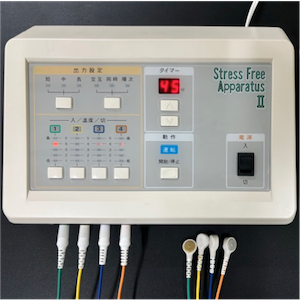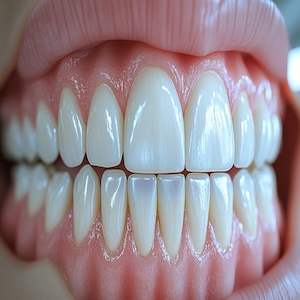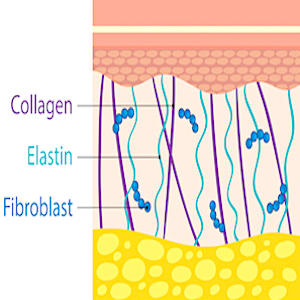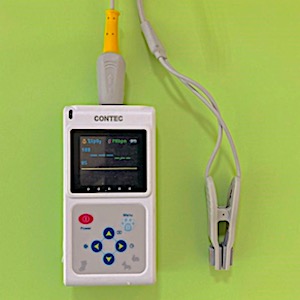Effects of laser therapy and Grimaldi’s muscle shortening maneuver on spasticity in central nervous system injuries

All claims expressed in this article are solely those of the authors and do not necessarily represent those of their affiliated organizations, or those of the publisher, the editors and the reviewers. Any product that may be evaluated in this article or claim that may be made by its manufacturer is not guaranteed or endorsed by the publisher.
Authors
Background and Aims: For 2003 year until today we treated hundreds of patients with Central Nervous System Injuries (CNSI), using Non-Surgical Laser Therapy (NSLT) obtaining good results in terms of sensibility and movement. In order to increase muscle strength and to further explore new emerging synergies, we have also started using a physical therapy practice based on the most current knowledge about the motor control, called Grimaldi’s Muscle Shortening Maneuver (GMSM). Spasticity is often the most disabling symptom and the current therapies are still not able to heal it at all. The goal of our study is to suggest a new way of treatment of spasticity, supporting it with objective measurements of muscle thresholds. Materials and Methods: In 2016-2017, 36 patients with traumatic or degenerative CNSI were enrolled. Lasers used were 808 nm, 10600 nm, and 1064 nm, applied with a first cycle of 20 sessions, four a day. Patients were subjected to MSM twice a day, ten sessions at all, working selectively on hypertonic muscles and their antagonists. Before treatment, tonic stretch reflex thresholds (TSRTs) in Gastrocnemius lateralis (GL) were assessed through a surface electromyography (sEMG) device paired with an electrogoniometer. Antagonist muscle force (Tibialis anterioris) was assessed by some electronic hand-held dynamometers. For the clinical measure, we used the Modified Ashworth Scale (MAS). All tests have been performed at the baseline (before starting treatments), after one week (at the end of the last treatment) and after a month. Results: Results were considered positive if the instrumental assessment procedure showed modifications in TSRT values and subjects improved their antagonist muscle strength. Results showed modifications in TSRT values at every follow up. The average comparison between the follow-ups was always statistically significant (p .000). The increase in Tibialis anterioris muscle strength was statistically significant as well (p .000). MAS showed some differences between follow-ups but not all of them are statistically significant (T0-T1 p .063, T1-T2 p .001, T0-T2 p .000). Encouraging results suggest a possible correlation between laser and MSM therapies and modifications of TSRT in spastic muscles. Conclusion: Associating laser treatment and Grimaldi’s MSM seems to be effective on spasticity in patients affected by traumatic or degenerative CNSI. Obviously, this kind of study design showed a lot of limits however this clinical series could be an important hint for every researcher working in the complex field of spasticity, a symptom that is poorly defined and hardly treated.
How to Cite

This work is licensed under a Creative Commons Attribution-NonCommercial 4.0 International License.










